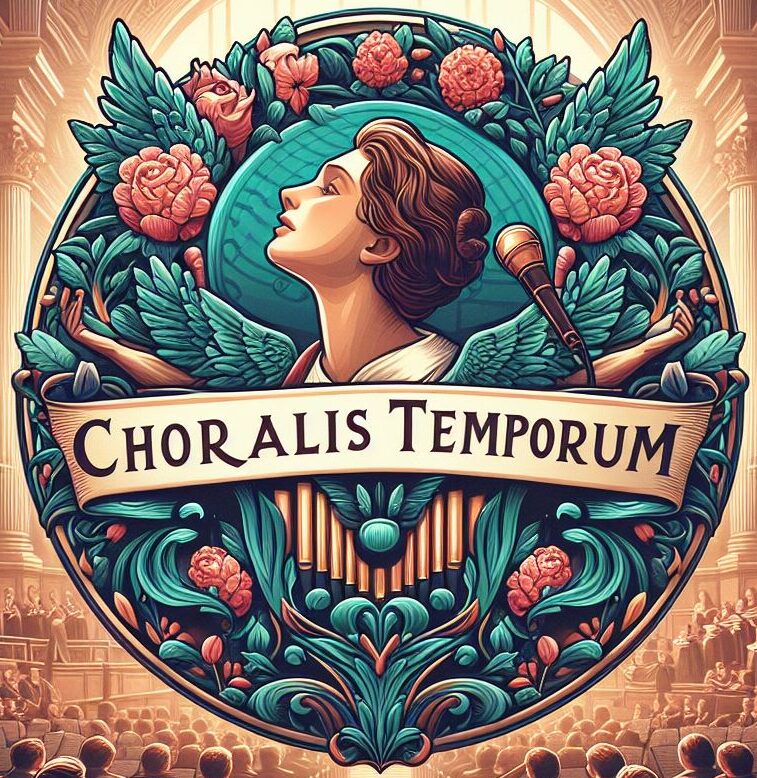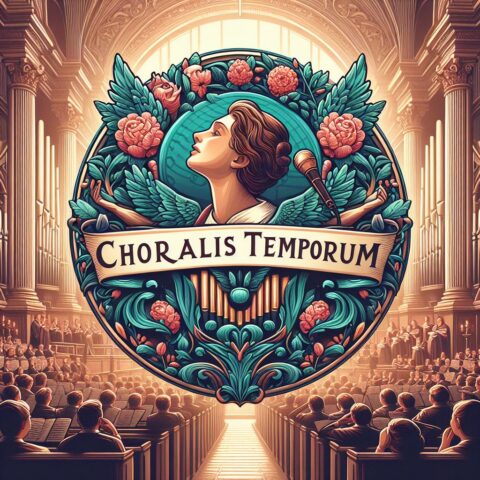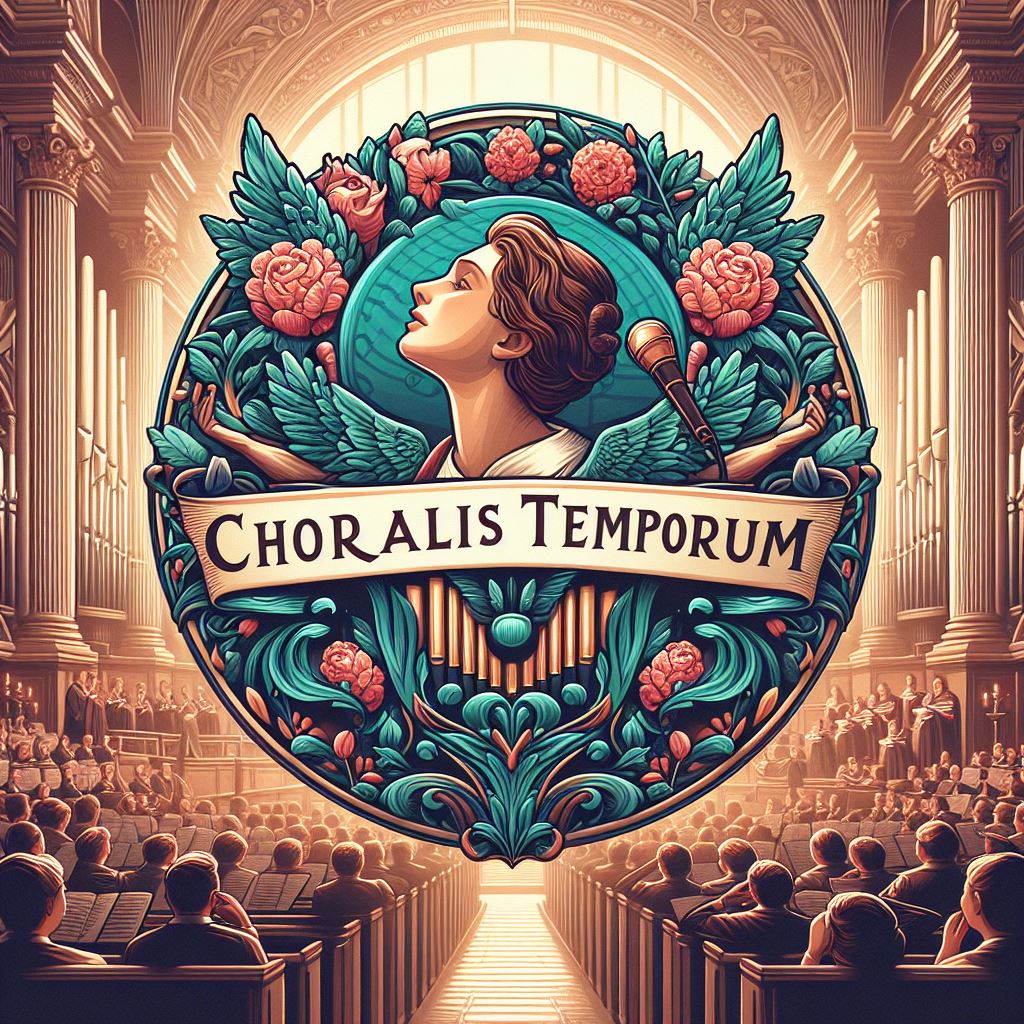The aim is to help you, as a budding choral singer, master your craft.
Choralis Temporum (Choral Times or Seasons) is a not-for-profit site, which hosts SATB choral practice videos on YouTube for various pieces. Each part has its own video which plays along following the score.
In most videos, the Soprano part is played by flute, Alto by oboe, Tenor by clarinet and Bass by bassoon. One or two may use choir samples.
The Dorico project files can be downloaded from the Choralis Temporum Google Drive cloud storage account. These can then be opened/edited/played using the free version for Steinbergs Dorico SE notation program. In addition, mp3 files, for all the voice parts, can be downloaded so you can make your own “on the go” playlists for practicing when out and about.
In order to get the most from the videos, it is highly recommended that you have a copy of the actual score – these can be obtained from good music shops or sometimes Amazon.
Folk Songs:
Come Lasses and Lads (uses Synth V Basic for voices)
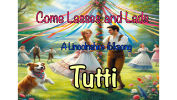

Stanford – Songs Of The Fleet

Sacred Music:
Mozart KV339 Vesparae Solennes de Confessore (Laudate Dominum is shown twice; first with a wind quartet, then with voices by the Cantamus app)


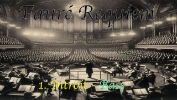

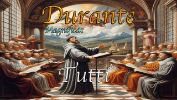
Handel – O Praise the Lord with one consent
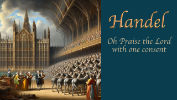
Brahms Op 45 A German Requiem (The spoken German text is included at the start of each video)
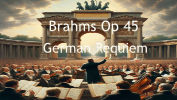
Madrigals
Thomas Morley (ca. 1557 – 1602)
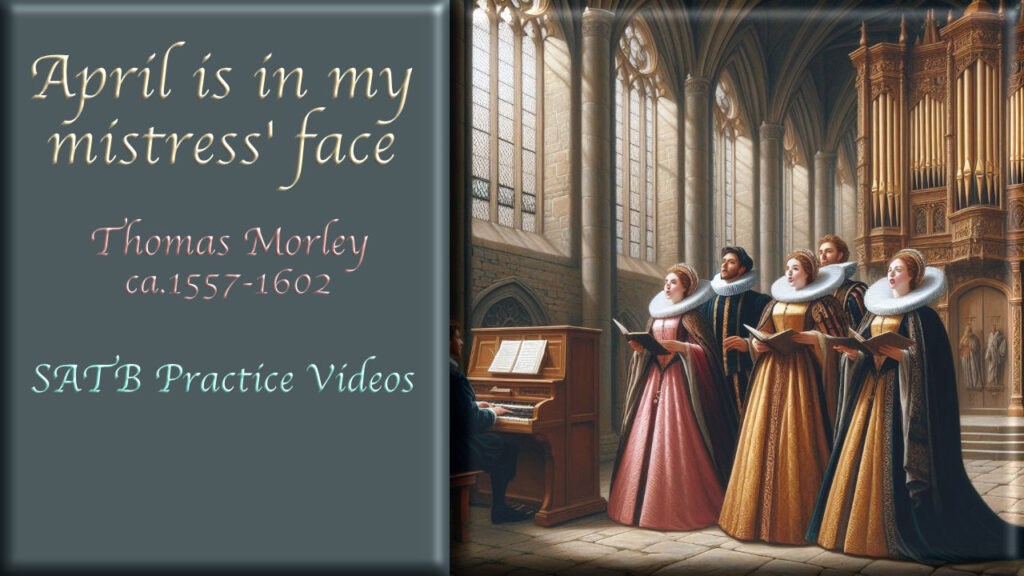
Four-part harmony, also known as four-part writing, is a musical texture composed of four distinct voices or parts that are independently melodic and harmonically interdependent.
Each voice typically follows its own melodic line while simultaneously creating pleasing harmonic relationships with the other voices.
In Western music, the four voices are often classified as Soprano, Alto, Tenor, and Bass (SATB).
These parts may be sung by individual voices or played by different instruments.
Four-part harmony is commonly used in choral music, barbershop quartets, and various forms of vocal and instrumental ensembles. The interaction between the voices creates rich and complex harmonies, creating a full and balanced sound.
Examples of choirs which exemplify this technique include:
Music Literacy
Highly recommended for sight singing, 4-part harmony and much more: – Music Matters UK Tuition and Courses https://www.mmcourses.co.uk/
For ABRSM & Trinity courses, visit My Music Theory https://mymusictheory.com/
